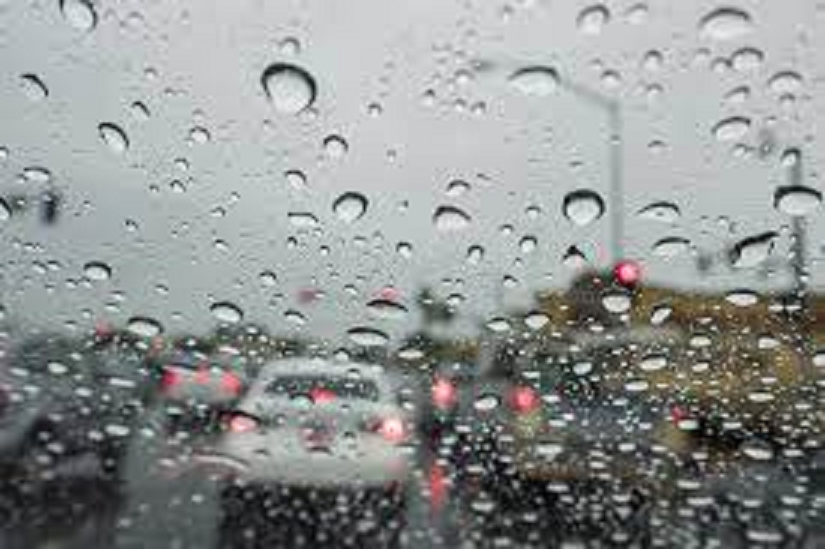Mobility precautions during natural disasters
Table of Contents
Mobility precautions during natural disasters
Traveling during natural disasters is dangerous and can lead to loss of life. Therefore, care must be taken, and caution and safety procedures must be followed. And since all countries in the world suffer from climatic changes that are always different from normal, care must be taken to publish these measures.
A recent international study warned of the seriousness of climate change in Saudi Arabia and its effects, which may cause temperatures in the Kingdom to rise during the next thirty years to a number it has not reached before.
The joint study between two teams from the Center for Complex Engineering Systems at King Abdulaziz City for Science and Technology in Saudi Arabia, and a group of researchers in the MIT joint program for science and policy of global change, aimed to predict climate conditions and the impact of climate changes in Saudi Arabia in the middle of the twenty-first century (2041-2050). ) under a scenario of high emissions and high impact due to climate change in Saudi Arabia, using a high-resolution regional climate modeling approach.
Precautions are taken before moving, especially for long distances
Natural disasters and weather events can strike anywhere at any time, often causing severe damage that can cause disruption and delays. So preparation is very important. Precipitation is directly related to higher rates of accidents.
Watch the weather
Staying up to date with the weather forecast is one way to be prepared. The National Center of Meteorology website also allows you to know the weather in the region you would like to go to within the Kingdom through this link.
Although forecasts are not always 100% accurate, they can point you in the right direction.
Planning and preparation
Not being prepared is not an option
Unfortunately, as recent years have proven, bad weather events are increasing at an alarming rate. Being prepared for these potential disruptions is crucial.
Wait for the weather to improve if at all possible
There is no reason to put yourself in danger if driving in wet conditions is not a must.
Double-check your car’s equipment
Make sure your car equipment is in good condition before you encounter rainy weather. Check your headlights, taillights, and windshield wipers to make sure they will work efficiently when you need them. Also, check the tread of your tires. Slick tires can severely reduce traction on wet roads.
Most states require tires to have a tread depth of at least 2/32 to stay on the road.
Slow down
Not only should you stick to the posted speed limit when driving in wet weather conditions, but you should also drive much slower than you normally would. Wet roads are very dangerous. Your car’s reaction time is much slower when it’s raining. Low speed is a must in rainy weather.
Turn on the headlights
Turn on the car lights while driving in the rain. Even if it’s just the fog, turning on your car’s headlights will increase your visibility and the ability of other drivers to see your car on the road.
Use windshield wipers
While this may sound logical, some people forget to turn on their windshield wipers in light rain. The windshield wiper speed can be set to remove moisture from the glass in light fog or heavy rain. There are also several products available that can be sprayed or wiped on glass and claim to delay rainwater collection. Your wipers need to be replaced if you can hear a scraping noise or see some streaking from the blades.
Keep a safe distance between cars
Keep more distance between your car and the vehicle in front of you. It will be more difficult to stop your vehicle when driving in the rain. Keep a distance of several cars between your car and other vehicles.
Avoid heavy braking
Try to slow your vehicle by taking your foot off the accelerator pedal earlier than you normally would in preparation for slowing or stopping. Do not use cruise control until you have synchronized your attention when applying both the gas and the brake.
Watch out for standing water
Driving through standing water can cause aquaplaning. It is when you lose traction and slide across the road surface. To avoid aquaplaning, drive around places where water has been collected by changing lanes or drive safely around these areas. Six inches of water can cause you to lose control of the road.
Let go of the throttle when aquaplaning
Hydroplaning is one of the most common car accidents in the rain because drivers can lose control. Calmly take your foot off the accelerator and point it in the direction the front of your vehicle should go. Avoid sudden turns or slamming on your brakes.
Ventilate your car
It leads to increased humidity levels. You may find that your car windows fog up when you operate your vehicle in the rain. Most automobile ventilation systems include a function that reduces this type of fogging that develops on the inside of the windows and windshield. It may be necessary to stop if you can no longer see through the windows. Quickly lower the temperature inside your car by opening the window if your ventilation system isn’t helping to keep you safe while driving in the rain.



Comments